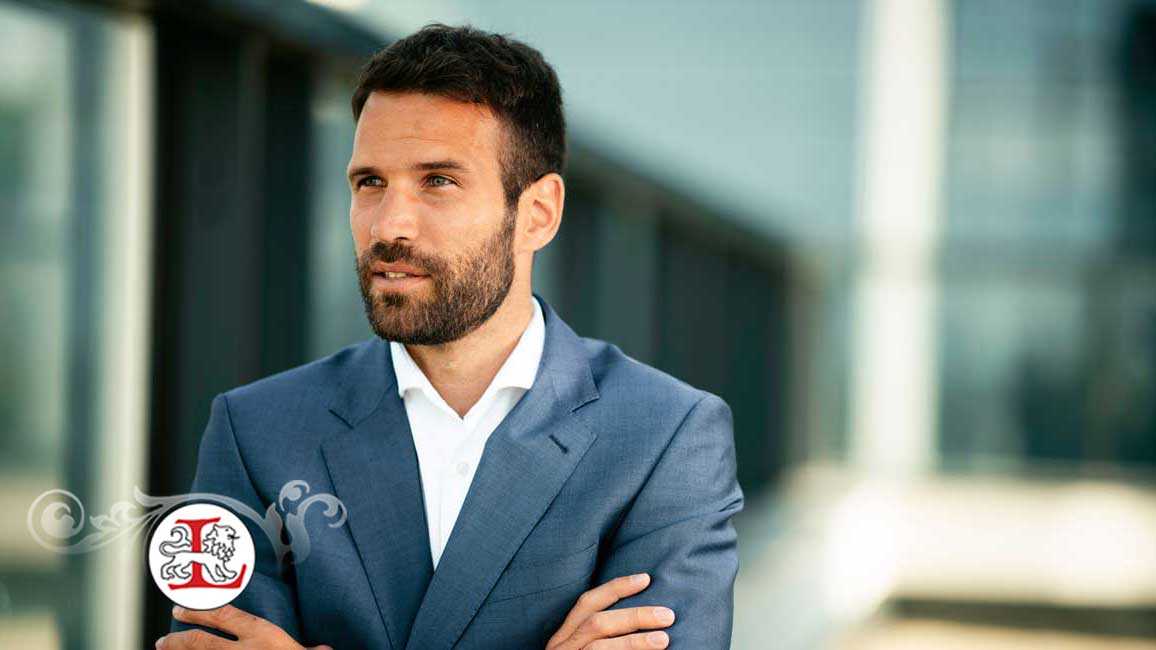What is Color Analysis?

The Process and Benefits of Using a Color Theory Based System
What is color analysis? It’s a technique used to categorize people’s coloring from information derived from their skin, eyes and hair color.
The practice is based on color theory used by interior designers, graphic artists, painters, fabric and dress designers, landscape architects, flower arrangers and anyone who deals professionally with color.
Image and color consultants take considerable care and time in the analysis process to make the most accurate decisions about the exact colors which improve their client’s appearance.
At the end, the consultant prepares a palette of colors all of which complement the client’s natural skin, hair and eye colors.
The final step is to match the colors that suit them to the colors they wear and create interesting color combinations, also based on color theory.
The art of repeating any personal coloring and color patterns in clothing creates a delightful sense of harmony, confidence and wellbeing.
In fact, the effect of new and flattering shades on the client is quite remarkable. Suitable colors can make them look younger, healthier, brighter, rested and livelier.
Studies have suggested that color and other image consulting techniques and skills have the ability to impact the self-confidence and self-esteem of their clients.
Color is one of the tools that is used to transform how a client sees him/herself, and as we know from the definitions and principles of color psychology it can alter the perception of others towards him.
With good color knowledge, clients also save time and money when shopping. In the retail and fashion worlds, we are presented with a host of beautiful colors, textures and prints.
After a color analysis, clients are able to choose accurately those colors and color harmonies that will enhance their natural beauty and support their personality and lifestyle.
The History of Color Analysis
There are different types of color analysis systems, but all of them rely on the principles of color theory science.
In the 70’s color and design specialists created the first color analysis system based on personality.
This was followed by Carol Jackson in her classic book, Color Me Beautiful.
Her system adopted the four seasons for nomenclature and definitions, and drew parallels between people’s natural coloring and the seasons.
This system is still active today but the image consulting industry eventually found it to be limiting in its scope and expanded it several times. In one direction, it expanded to a 12-tone system with much broader application for the different coloring of various cultures worldwide. In another direction, more experienced image consultants are able to provide bespoke or customized analyses and select color swatches specifically for their individual client.
A third type of color analysis, Tonal, uses a similar testing process as the others but simplifies the final result. This system is useful when a person’s coloring doesn’t fit neatly into a category.
People wanted more choice, less reliance on a palette or wallet which got lost; they wanted to find colors in the stores, regardless of the fashion and they asked for a tool they could remember easily! This analysis can detect those times when the coloring can flow between seasons.
Alternatively, their client might have one dominant characteristic, such as bright eyes, or extremely light skin, hair and eyes for example. This color analysis system uses tones to categorize people into Cool, Warm, Light, Deep, Soft and Bright.
Testing the Color Properties
Whichever system used, the analysis is based on three properties, present in every color:
- The undertone of the skin, hair and eyes.
- Cool colors have a blue, mahogany, ebony, violet, burgundy, ruddy, blue-black, porcelain white, mauve or blue pink undertone.
- Warm colors have a yellow, ivory, beige, caramel, honey, gold, peach, copper, dark or golden bronze undertone.
- Light to dark and what is known in art as the Value of a color. Also analyzed is the amount of contrast between light and medium; medium and dark; light and dark.
- Bright to soft and what is known in art as the Intensity of a color.
The analysis uses tester drapes to determine the range of each property of the skin, hair and eyes and can ascertain where the client’s coloring falls in that range.
The properties which match her own coloring are either already prepared in wallets or swatch books or can be selected individually by the consultant.
How Principles of Color Theory can Benefit Your Wardrobe
Color analysis gives people the opportunity to wear any color under the rainbow as long as it’s the correct undertone, value or level of brightness.
The same is true for the whole wardrobe and how you mix and match. Color theory is also used to create color schemes. A color scheme is two or more colors that work well together.
When you use color theory to choose colors for your outfits or expand your wardrobe, you want to make sure that they are in harmony with each other and with you.
This means that the colors should be of the same value and level of brightness. You also want to make sure that the color scheme is flattering to the undertone of your skin, hair and eye color.
When you are wearing colors that even out your complexion, brighten your eyes and hair and make you glow, your mood can improve quite considerably.
You feel uplifted and at the same time more confident and in harmony with yourself. Try it, or give the service as a gift to someone dear.
Contact the London Image Institute
Visit our website today to learn more about our color analysis coursework and become an image consultant.
Color science is at the core of wardrobe management and image consulting—but it’s certainly not all that image consulting is.
At London Image Institute, you can discover more about what it means to be an image consultant, and how you can build a successful career in image consultancy.